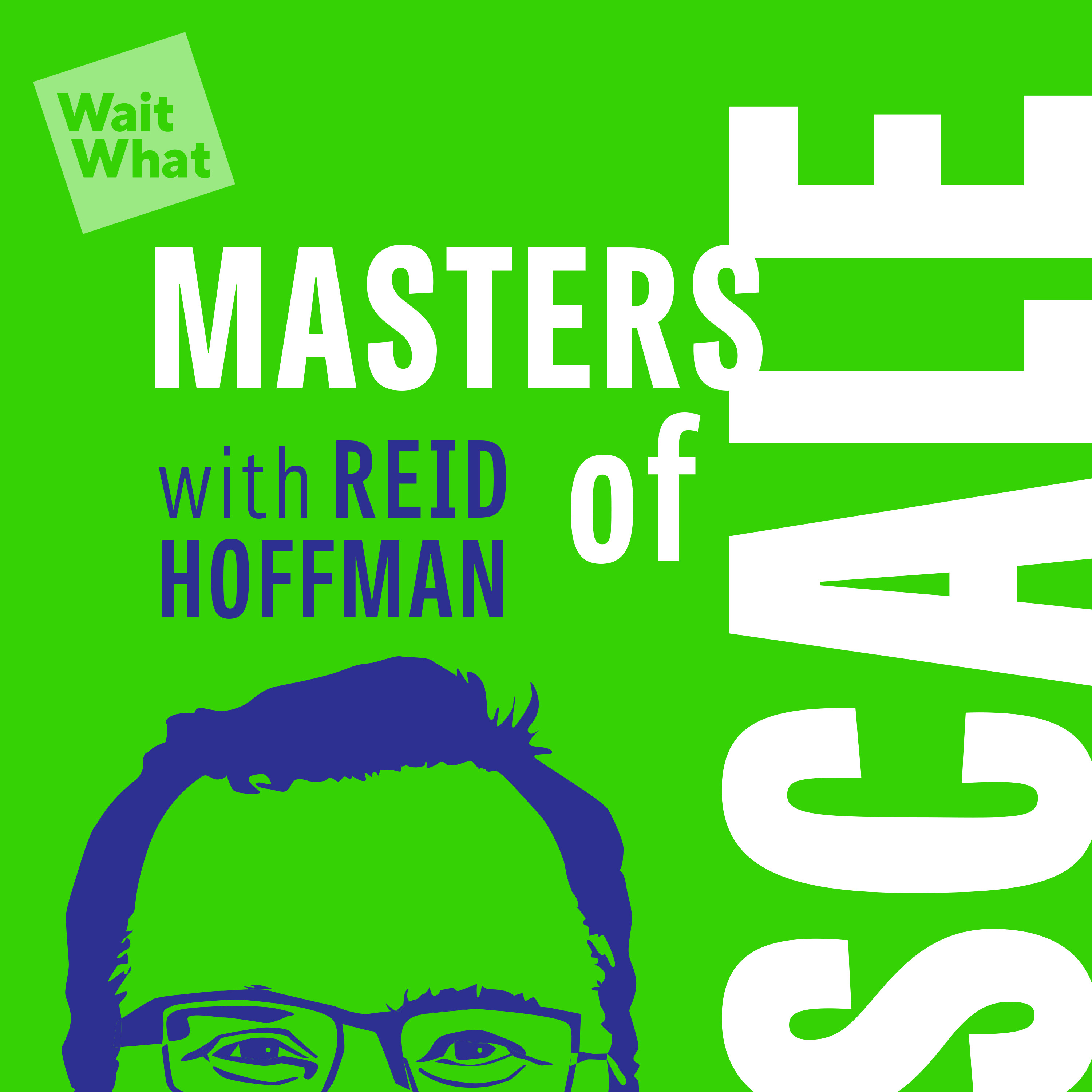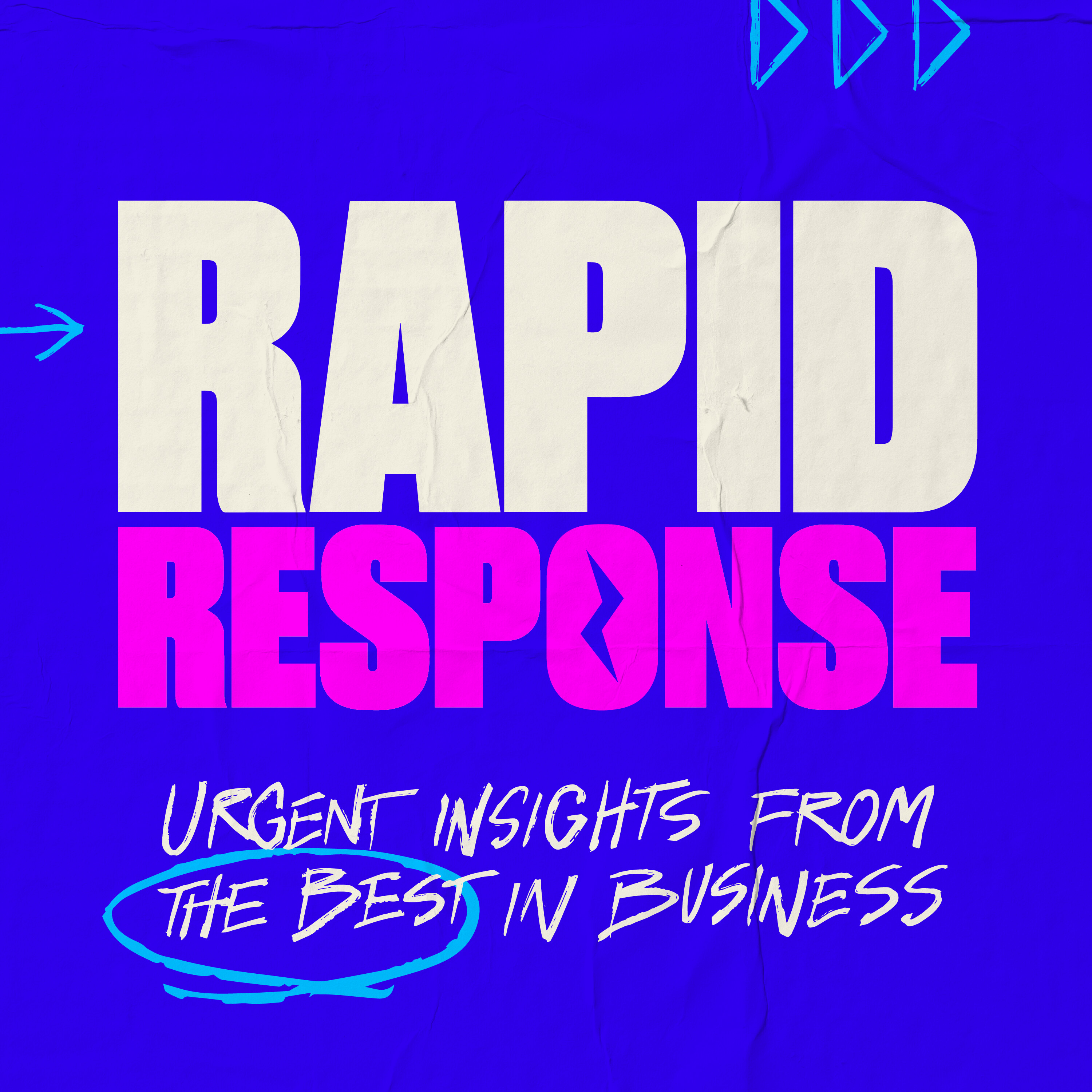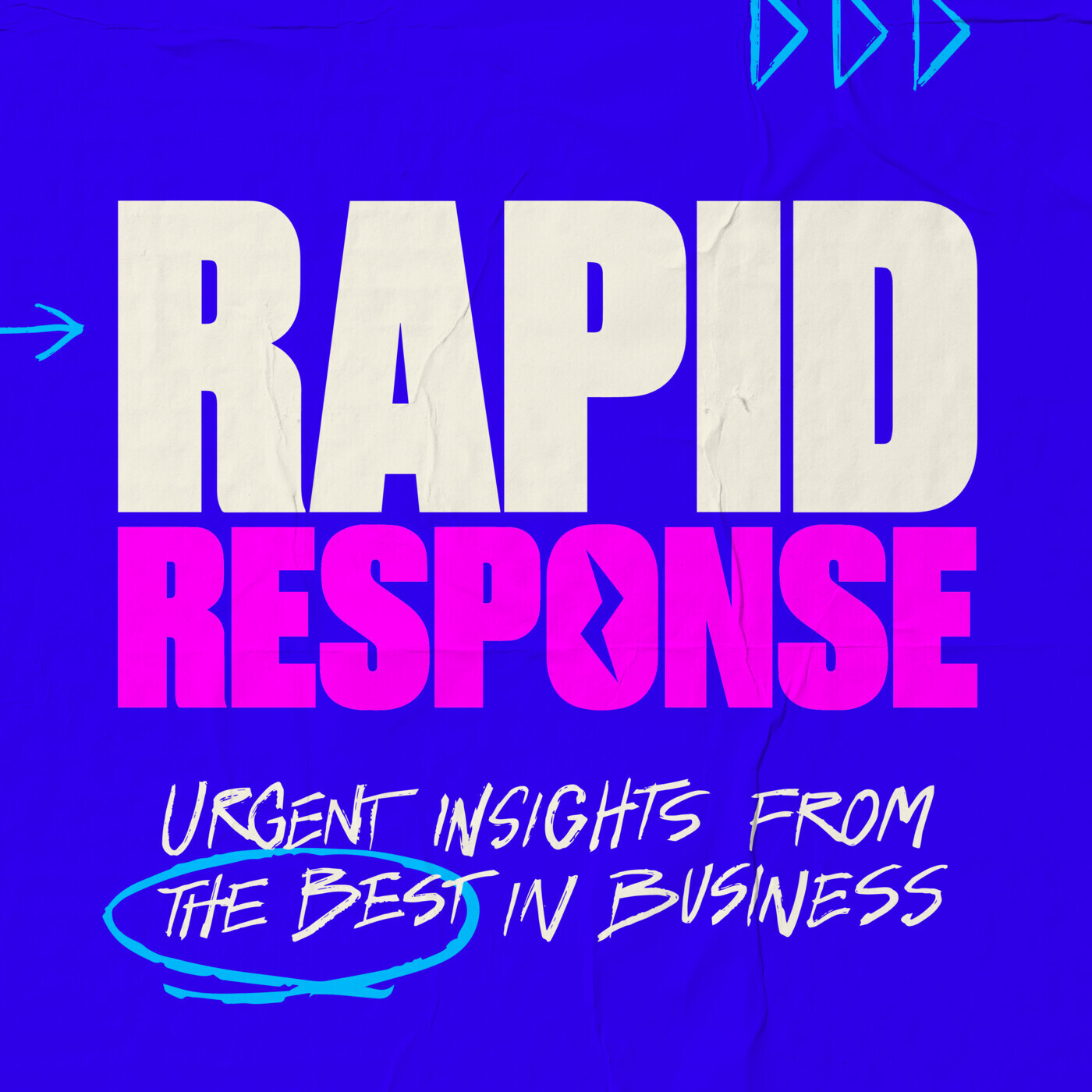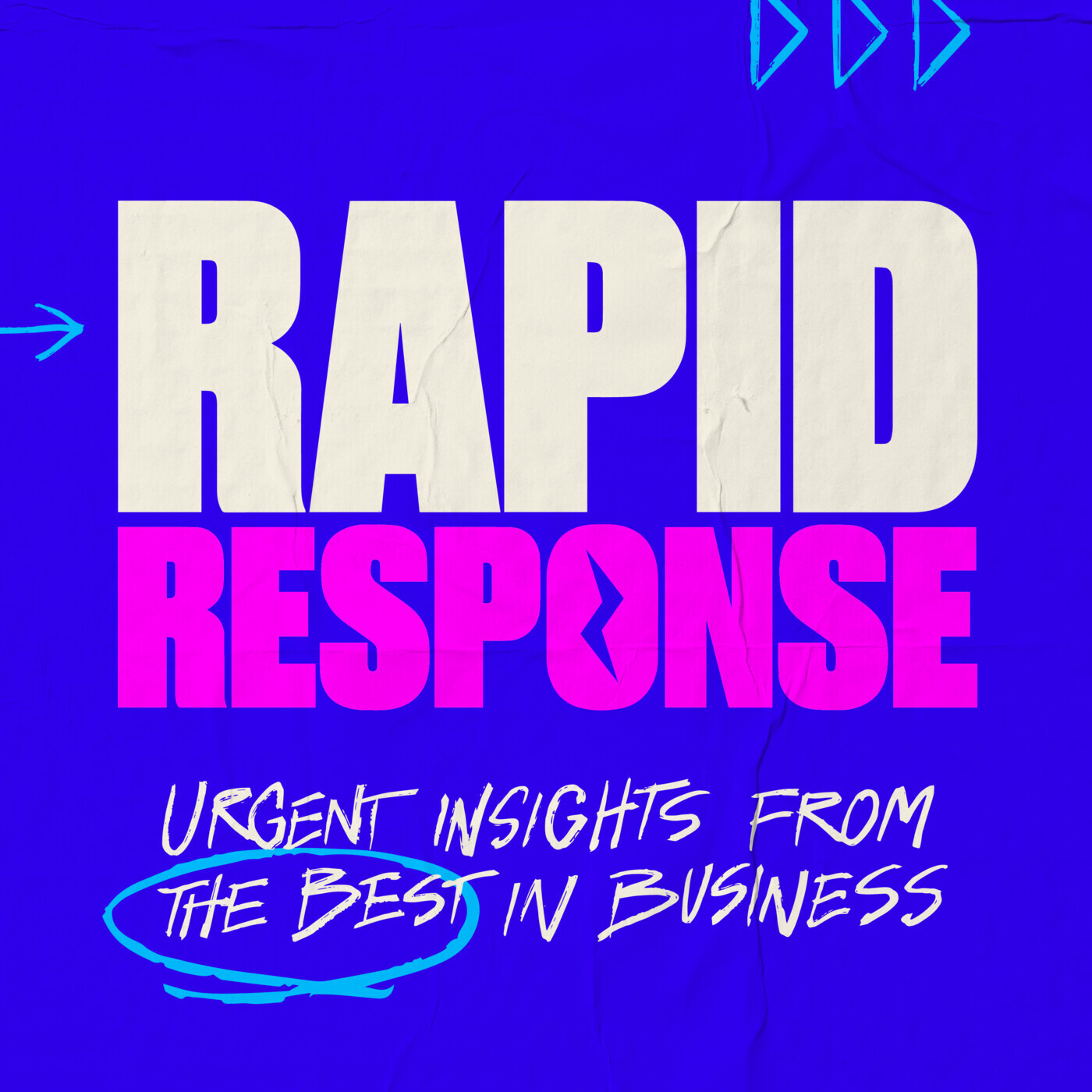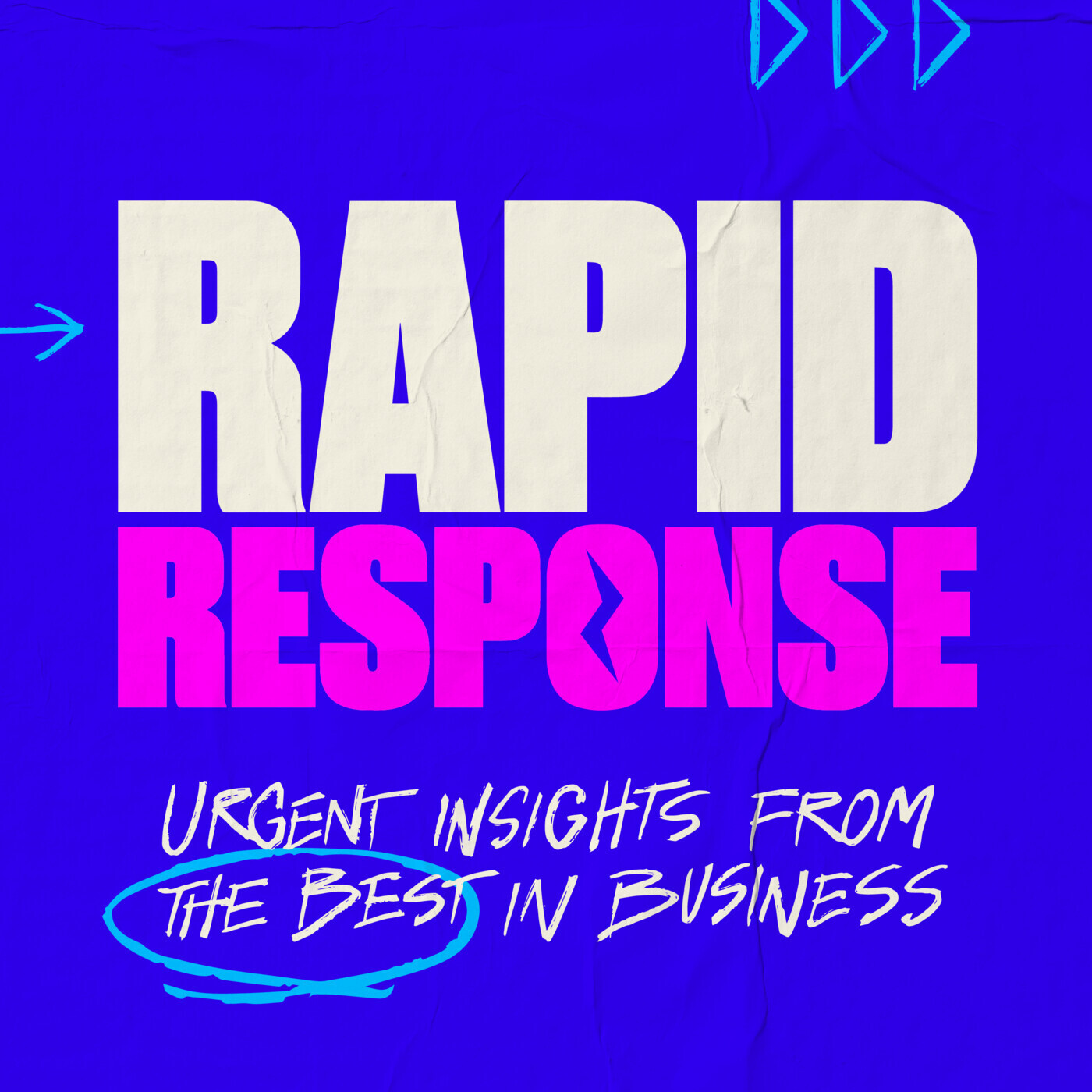
February 18, 2025 • 31min
Can Rivian avoid the EV speed bumps? with founder and CEO RJ Scaringe
Masters of Scale
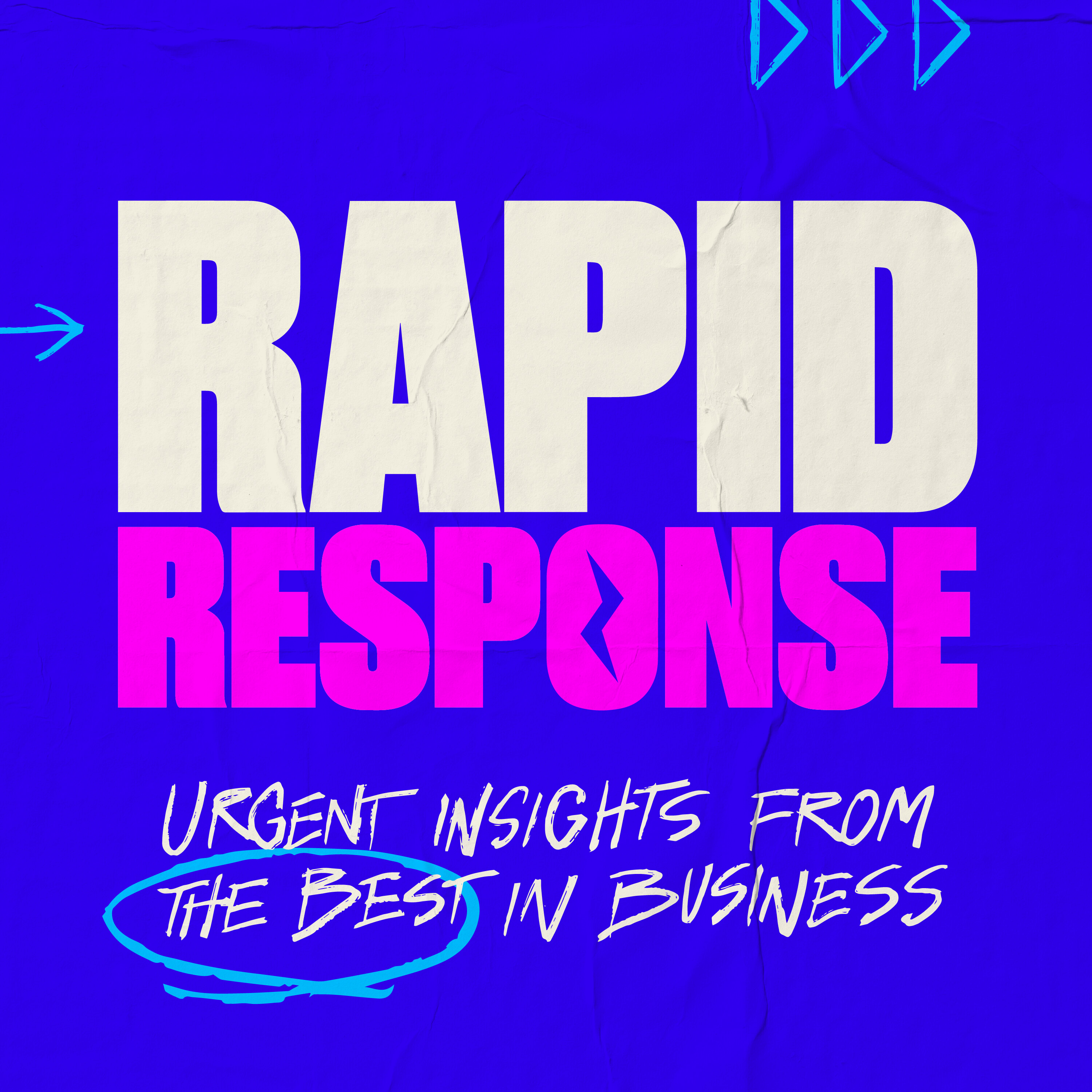
Key Takeaways
- EV Market Evolution: Despite current market pullback from some manufacturers, Rivian remains convinced that "eventually everything will be electric"
- Product Strategy: Rivian deliberately chose larger vehicles (SUVs and trucks) to enable memorable experiences and target the most carbon-intensive segment
- Technology Architecture: Rivian built its own software stack and computers rather than relying on suppliers, enabling better AI integration and over-the-air updates
- Price Points: Moving from $90,000+ R1 models to $45,000 R2 models in 2026 to reach broader market
- Autonomous Driving: Implementing gradual rollout of self-driving features, prioritizing safety over speed to market
- Competition Strategy: Views more EV competition as beneficial for accelerating industry transition, even from direct competitors
Introduction
RJ Scaringe, founder and CEO of electric vehicle manufacturer Rivian, discusses how the company is adapting its business during a period of shifting EV demand and market dynamics. The conversation covers Rivian's expansion beyond luxury vehicles, its technological infrastructure, and strategic partnerships including a recent $5.8 billion deal with Volkswagen.
Topics Discussed
Tesla, Elon Musk and Industry Leadership (03:35)
RJ acknowledges Tesla's crucial role in advancing electric vehicles while diplomatically addressing Elon Musk's relationship with the Trump administration:
- Tesla's Impact: "What Elon and Tesla have done has been incredible for electric vehicles"
- Political Access: Views Musk's administration access as potentially beneficial for electrification
- Focus Strategy: Emphasizes staying focused on internal factors rather than external noise
Market Strategy and Product Evolution (12:59)
RJ explains Rivian's strategic pivot from initially planning sports cars to focusing on SUVs and trucks:
- Original Plan: Started with sports car concept in 2009, similar to Tesla's approach
- Strategic Shift: Moved to larger vehicles to enable memorable experiences
- Product Pipeline: Outlined progression from R1 through R5 models over next 5-6 years
- Price Strategy: Moving from $90,000+ average price to $45,000 starting price with R2
Brand Development and Customer Experience (20:02)
Discusses Rivian's approach to building a distinctive brand identity:
- Brand Philosophy: "A brand is not a feature"
- Touchpoint Integration: Every aspect from retail spaces to floor materials contributes to brand experience
- Customer Impact: Focuses on inspiring lifestyle changes and new experiences
- Environmental Messaging: Prioritizes product excellence over environmental messaging
AI and Autonomous Driving (22:15)
Details Rivian's approach to implementing AI and self-driving capabilities:
- Camera System: 55 megapixels of cameras - more than any other US vehicle
- Safety First: Gradual rollout of autonomous features starting with highway driving
- AI Integration: Beyond driving, AI will enable conversational interfaces for navigation and decision-making
- Technology Stack: Built proprietary computing architecture to enable AI integration
Volkswagen Partnership and Technology Infrastructure (27:03)
Explains the significance of Rivian's $5.8 billion partnership with Volkswagen:
- Traditional Architecture: Legacy vehicles have 75-100 separate ECUs from various suppliers
- Rivian's Approach: Developed integrated software stack and proprietary computers
- Partnership Impact: Helping Volkswagen advance their network architecture and software topology
- Future Implications: Creates diverging paths between traditional and new architecture vehicles
Global Competition and China (30:06)
Addresses the competitive landscape and China's role in the EV market:
- Market Dynamics: US electrifying slower than Europe and China
- Competition Strategy: Preparing for eventual free competition scenario
- Long-term View: Expects 10-15 years before truly open global competition
- Technology Leadership: Emphasizes importance of US maintaining technological edge
Business Inflection Point (32:10)
RJ discusses Rivian's current position and challenges:
- Market Expansion: Moving beyond limited luxury market with R2 launch
- Financial Structure: High fixed costs require significant scale
- R&D Investment: Competing with established players requires substantial ongoing investment
- Timeline: R2 launch planned for first half of 2026
Conclusion
RJ Scaringe presents a clear long-term vision for Rivian despite current market uncertainties. The company's focus on controlling its technology stack, gradual expansion of autonomous features, and strategic partnerships positions it for future growth. While external factors like government policy and competition remain uncertain, Rivian's commitment to product excellence and technological innovation provides a foundation for scaling beyond its current luxury market position.
The conversation reveals how Rivian is balancing multiple challenges: maintaining technological leadership, expanding market reach, and building brand identity, all while competing in an increasingly complex global market. The upcoming R2 launch in 2026 represents a crucial test of this strategy's success.
